Religion in Gujarat is a patchwork quilt stitched together over centuries. You walk through a Gujarati market and you’ll spot a Jain monk gliding silently by, a Hindu woman with sparkling bangles setting up her flower stall, and Muslim men pausing their business for afternoon prayers. This isn’t a random gathering. It’s a living, breathing example of faiths woven into daily life, commerce, festivals, and even the food on your plate. Ask a local, and you’ll hear tales that mix family myth with history. So what religion do most Gujaratis actually follow? The answer’s not as simple as ticking a box. Faith in Gujarat is both majority muscle and a simmering mix of minority flavor.
Hinduism: The Spiritual Backbone of Gujarat
Let’s set the scene with some solid numbers. According to the 2011 Census of India, a whopping 88.57% of Gujarat’s 60 million people identified as Hindu. That’s a huge chunk. Hindu traditions are everywhere: ancient temples, village shrines, and massive festivals. Think Navratri, when the whole state flashes with swirling dancers who twirl till dawn, garba music pulsing in every neighborhood. It’s more than a party – it’s worship, celebration, and social glue all rolled into one. Gujarat is home to some heavyweight temples – like Dwarka’s Dwarkadhish Temple, said to be founded by Krishna himself, and the Somnath Temple, believed to be one of the oldest and most storied shrines in India. Visiting one during a festival feels like plugging straight into centuries of devotion.
But Hinduism here isn’t just priestly rituals and temple bells. You’ll see rustic village shrines to local deities and fierce goddess figures. Bhakti poetry from Gujarat’s own Narsinh Mehta (whose verses inspired Mahatma Gandhi’s favorite hymn) still echoes in homes, regardless of caste or literacy. Family pujas happen next to WhatsApp calls and homework. Vegetarianism is common, deeply woven into the Gujarati Hindu way of living. In many households, garlic and onion are off the menu, especially on holy days. If you’re ever handed a box of sweets after a wedding or a religious ceremony, you’re tasting more than sugar: it’s a cultural affirmation, a blessing handed down with every bite. Of course, not every Gujarati Hindu family sticks to the same diet or ritual, but these patterns do shape the state’s profile in unmistakable ways.
Hindu caste communities also play a role in local faith life. Patidars, Brahmins, Kshatriyas, and others maintain distinct traditions, sometimes even unique home altars or festival styles. You’ll notice this most at social gatherings. Even politics here runs on subtle and not-so-subtle religious cues, making faith a visible and invisible engine in Gujarat’s day-to-day drama. According to a 2022 survey by Pew Research Center, religion guides not just personal choices but public life, too. So while the census gives you raw numbers, walk the streets in Diwali or Janmashtami and you’ll feel the pulse of Gujaratis religion in every lit lamp and folk song.
Jainism: Small Numbers, Big Footprint
Now, let’s talk about the quiet, influential minority: Jains. About 0.96% of Gujarat’s population call themselves Jain, but don’t write them off as a footnote. The Jain community holds outsized sway in Gujarat’s business world and philanthropy. Their faith, rooted in nonviolence (ahimsa) and strict vegetarianism, shapes not just diet but business ethics and even architecture. Enter a classic Gujarati jewelry shop or textile bazaar and chances are, it’s run by a Jain family. Their temples are a whole different story – think white marble gleaming under the sun, detailed carvings, and an air of meditative calm. The Palitana Temples, perched atop Shetrunjaya Hill, make you climb around 3,800 steps for a view that’s nothing short of epic. It’s a pilgrimage worth every gasp and groan, drawing Jains from across India and beyond each year.
Jain religious observance is rigorous. During Paryushan Parva, the holiest festival, Jains in Gujarat turn their routines upside down: fasting, meditating, and digging deep into forgiveness rituals. At the end comes the magical phrase: "Michhami Dukkadam"—which basically means "forgive me for any harm I may have caused." Schools in Gujarat sometimes give special leave for Jain students during this festival, showing you how deep these rhythms run in communal life. The Jain diet takes vegetarianism to the next level—no root vegetables, no onions, no garlic, no eggs.
Business customs are shaped by religion, too. Most Jains avoid business on holy days, and closing up shop for a religious fast is normal, not weird. Jain charities quietly pour money into education, healthcare, and disaster relief across the state—a fact that doesn’t make the headlines but definitely changes lives. If you’ve ever driven past a glimmering, spotless hospital in a Gujarati city, chances are there’s a Jain donor behind it. Want an insider tip? If you’re in Gujarat and need a reliable, clean vegetarian meal, look for a Jain restaurant—that’s culinary peace of mind at its best.
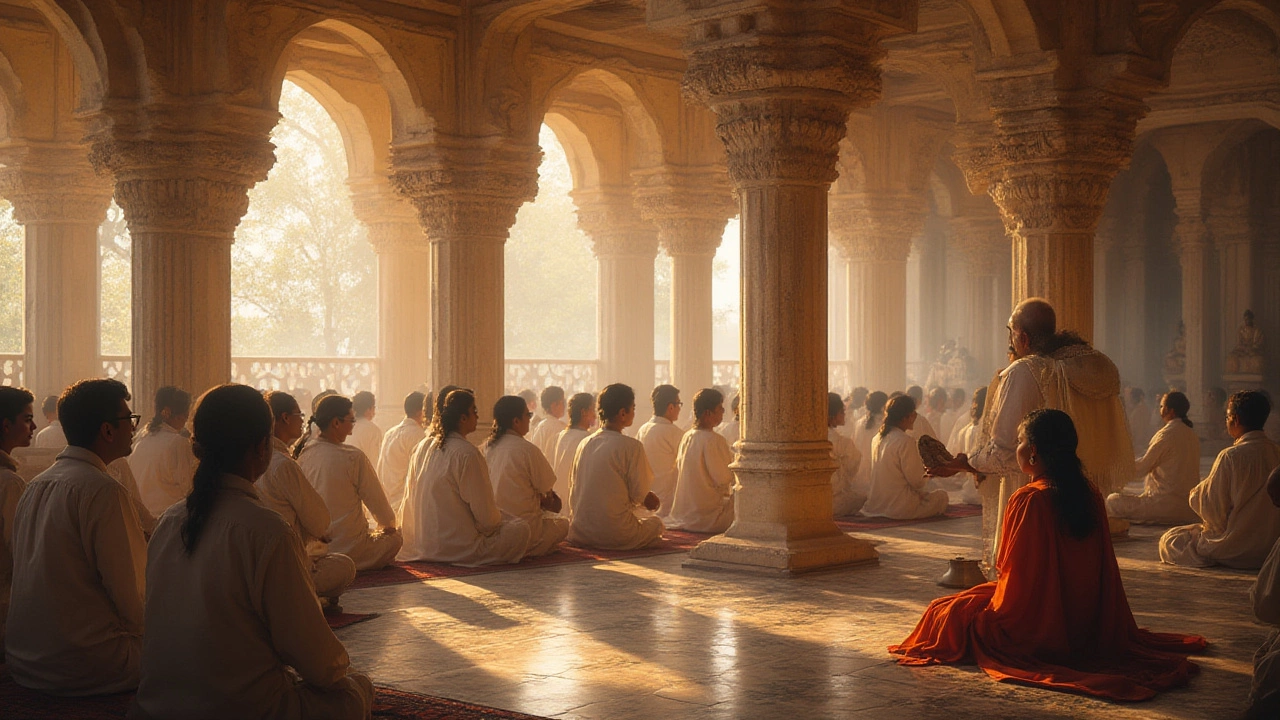
Islam and the Muslim Communities of Gujarat
About 9.67% of Gujaratis identify as Muslim, making Islam the second-largest religion in the state. These communities have deep roots, with some tracing their ancestry to Arab or Central Asian traders, while others mixed with local Gujarati culture over the centuries. Cities like Ahmedabad and Bharuch are home to thriving Muslim quarters. Here, winding lanes buzz with the sound of evening prayers, delicious smells from kebab and sweet shops, and festivals like Eid bring neighborhoods to a joyful halt. Gujarat’s Muslims are not all alike – you’ll meet Bohras and Khojas (well-known for their business networks and sharp dressing), Memons, and Sunni and Shia families. Each group has its own mosques, wedding styles, and food traditions, adding real range to the Gujarati religious map.
The faith is seen at street level: from daily calls to prayer ringing through old Ahmedabad to the sight of vibrant processions during Muharram. Gujarati Muslims keep local twists in their language—mixing Gujarati with Urdu in everyday talk and poetry. You’ll spot their stamp in everything from architecture (look up at the Sidi Saiyyed Mosque’s iconic stone latticework in Ahmedabad for a real treat) to cuisine: think the classic undhiyu on one table and silky biryanis and kebabs on the next. The Muslim community in Gujarat, like everywhere, faces both harmony and challenges. The Gujarat riots of 2002 are a dark chapter that still casts a long shadow, especially in Ahmedabad’s social fabric. Yet, you’ll also see stories of friendship and joint business ventures between Hindus and Muslims—stories that rarely make headlines but are lived out every day at the chai stall.
Many Muslim Gujarati families keep their own school networks, newspapers, and hospitals, reflecting both their integration and autonomy. Big festivals, especially Eid-ul-Fitr and Eid-ul-Adha, see open invitations to friends of all backgrounds. If you ever get a chance to try sweets at an Eid party here, don’t miss it. The atmosphere’s so welcoming, you may forget you’re technically a guest.
Sikhism, Christianity, and Other Faiths: Smaller but Vibrant Threads
Drop a pin on a map of Gujarat and you won’t just find the big three. Gujarat also has smaller but lively Sikh, Christian, Buddhist, and Parsi communities, along with tribal faiths that outdate any imported religion. Sikhs came mostly through business and migration, setting up striking gurdwaras in places like Gandhidham and Surat. Every Sunday, Sikh kitchens (langar) serve free meals to all, regardless of faith—a tradition that pulls in students and travelers looking for warmth and hospitality. The Sikh population in Gujarat skews small (less than 0.1%), but their commitment to community service makes them stand out.
Christianity has old roots here, dating back centuries to Portuguese traders on the coast. You’ll spot ancient churches in places like Diu and pretty colonial facades in Surat. Today, Christians in Gujarat mirror the state’s trade-friendly DNA: you’ll find them in schools, hospitals, and a tangle of professions. Christmas celebrations blend Western and Gujarati flavors. Choirs might belt out carols in English and Gujarati, and you’ll probably see Santa next to traditional garlands.
Buddhists are a tiny minority, scattered and often linked to conversion movements in modern times. Then there are the Parsis (followers of Zoroastrianism), who are super small in number but legendary in Gujarat’s business, food, and philanthropy stories. Today, Ahmedabad and Navsari hold most of the Parsi population, with their own fire temples and unique customs. Tribal faiths—still strong in remote pockets—worship nature spirits, ancestors, and local gods. Their seasonal festivals are earthy and energetic: imagine masked dances, drumming, and feasts that feel a million miles from city temples.
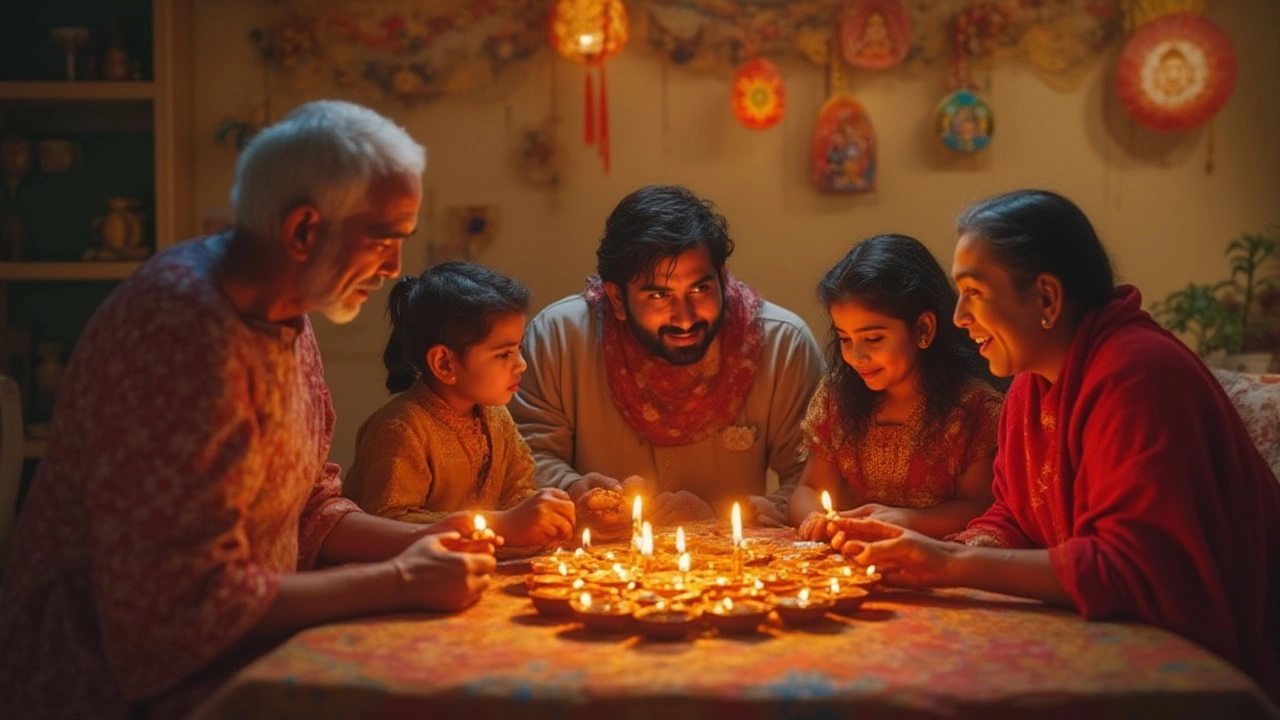
If You Want the Full Gujarati Religion Experience
So what’s the best way to see these religions up close? Don’t just tick off temples or mosques as sights. Time your visit for festival season and let the energy sweep you along: dance in a Navratri circle, savor a sweet at a Jain fast-breaking, or sit quietly in a gurdwara. The real learning comes from joining in, not watching from the sidelines.
If you’re curious about how faith shapes daily habits, ask about food, fasting, and the tiny rituals people follow before leaving home each day. Gujaratis are famous for their hospitality—odds are, you’ll get a handful of prasad or a cup of steaming tea as part of the deal. And if you ever have a question about what’s clean, what’s holy, or what’s best avoided, just ask with genuine interest. You’ll probably walk away with a story you won’t soon forget. Faith here isn’t just something you believe. It’s something you do, taste, hear, and celebrate, no matter what your own label says.
| Religion | Approximate Percentage (2011) |
|---|---|
| Hinduism | 88.57% |
| Islam | 9.67% |
| Jainism | 0.96% |
| Christianity | 0.52% |
| Sikhism | 0.10% |
| Buddhism, others | 0.18% |
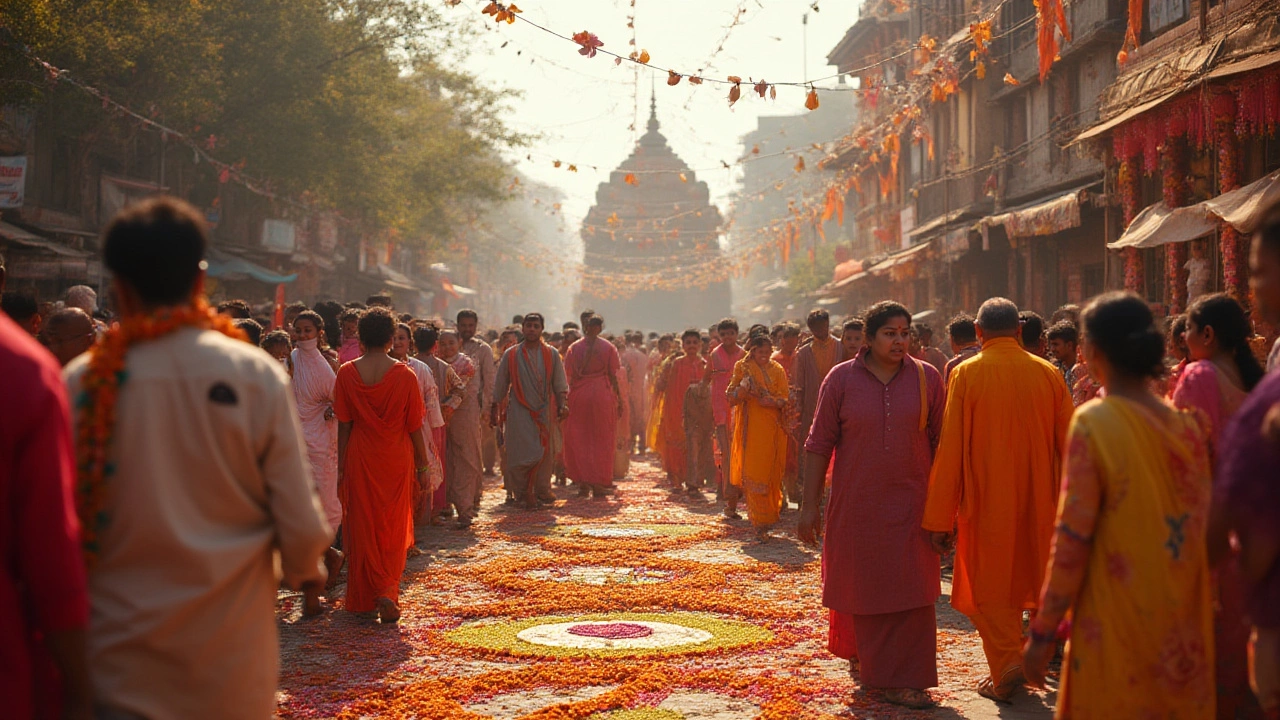

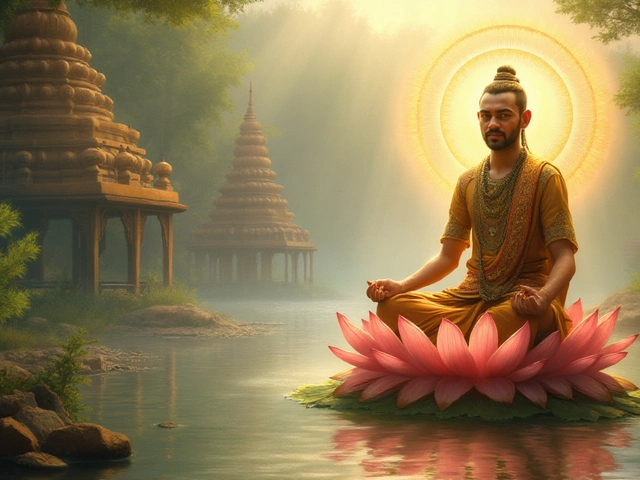
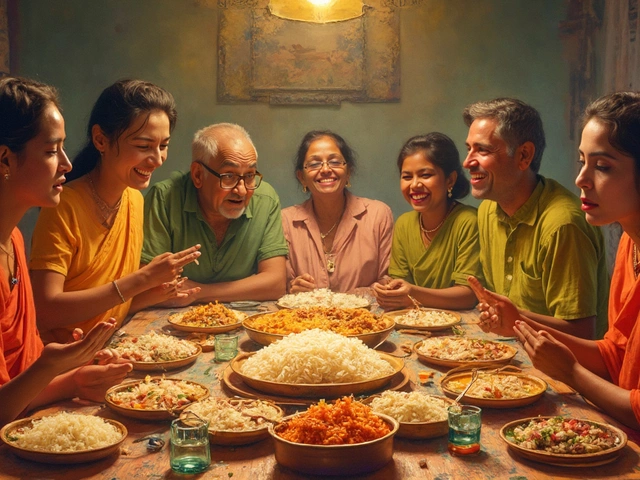
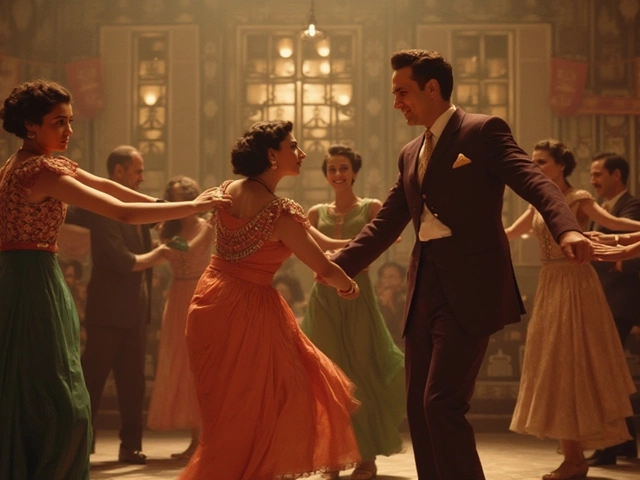
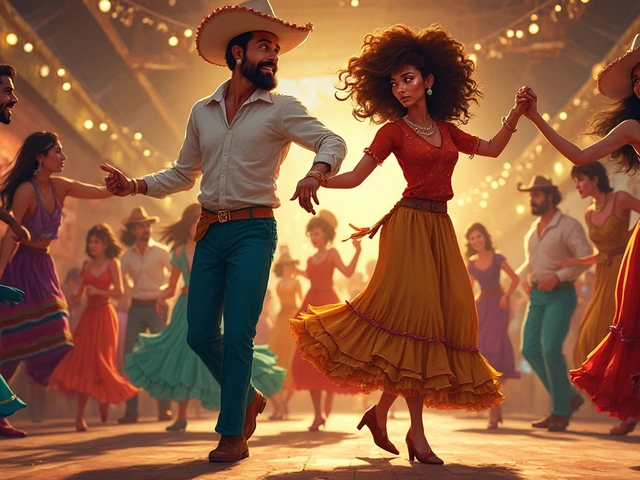
Write a comment